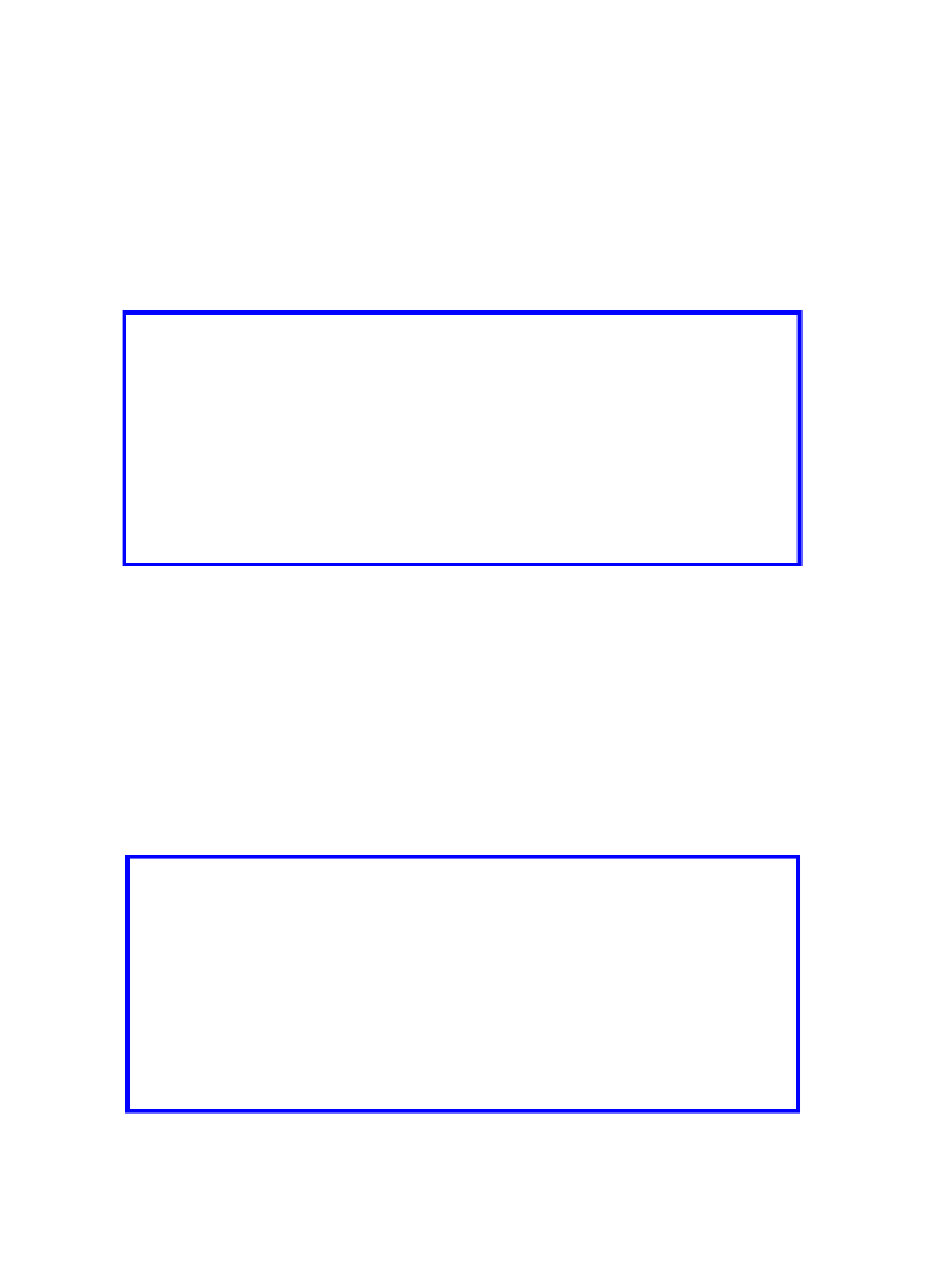Biomedical Engineering Reference
In-Depth Information
Osteocalcin immunohystochemistry was performed with resource to kit Pic
TureTM-MAX Polymer (Invitrogen, USA.). Slides were counterstained with May-
er's hematoxilin, dehydrated, mounted with Entellan® (Merck, Germany), and cov-
ers lipped. For all sections positive controls were made simultaneously. As negatives
controls adjacent sections were incubated: (a) without primary antibody and, (b) with
rabbit/rat normal serum (similar concentration as that of primary).
After one month implantation period, there were statistically significant differ-
ences. Total bone area around the actuators was significantly higher, when comparing
to static controls (39.91 ± 14.08% vs 27.20 ± 11.98%) (Figure 6).
Figure 6.
Microphotograph of undecalcified sections, Giemsa-Eosin stain, of A3 area of static control
(on the right) and actuator (on the left). Both were implanted in the same position in the tibia. A
fibrous capsule was present on the bone/film interface. Scale bar represents 200 µm.
The increment of bone occupied area was due to new bone formation, as evidenced
in Figure 7. In actuators the area occupied by woven bone and osteoid was 64.89 ±
19.32% of the total bone area versus
.
31.72 ± 14.54% in static devices. With the aid of
the fluorochrome labeling, we measured bone mineral deposition rate in the distal third
of the piezoelectric devices. Bone deposition rate was significantly higher around ac-
tuated devices (4.44 ± 1.67 µm/day) than around static devices (2.70 ± 0.95 µm/day).
Figure 7.
Microphotograph of undecalcified sections, unstained; the fluorochromes calcein (green)
and alizarin complexone (red) signal the areas of newly formed bone around one of the actuators
placed in the femur; picture on the left shows A4; picture on the right shows A3. Scale bar represents
200 µm.


Search WWH ::

Custom Search